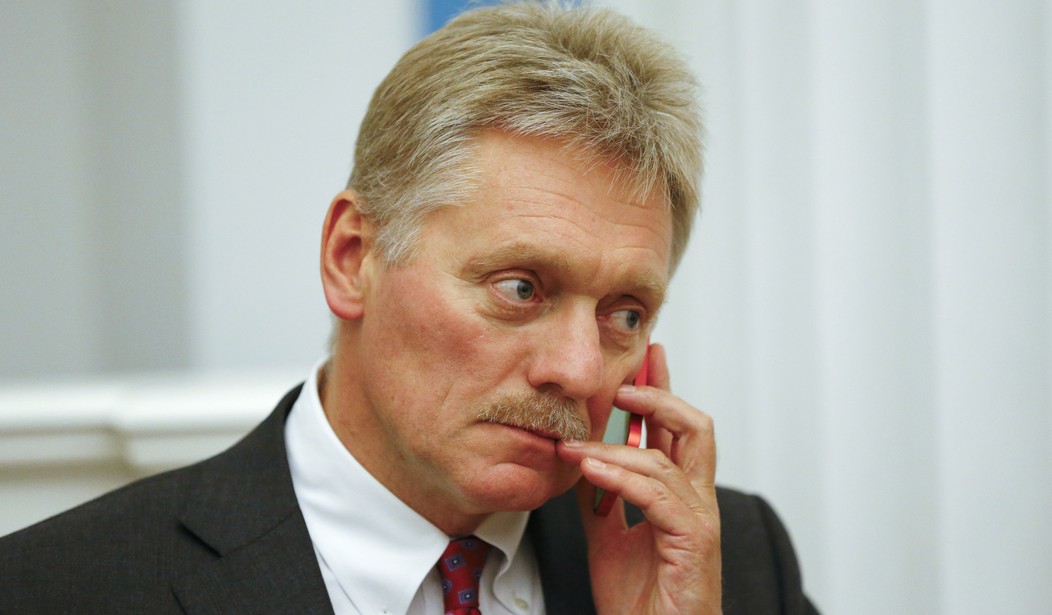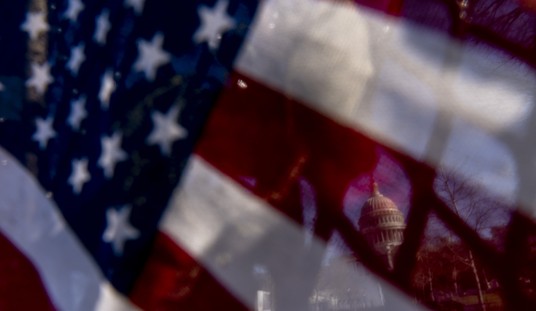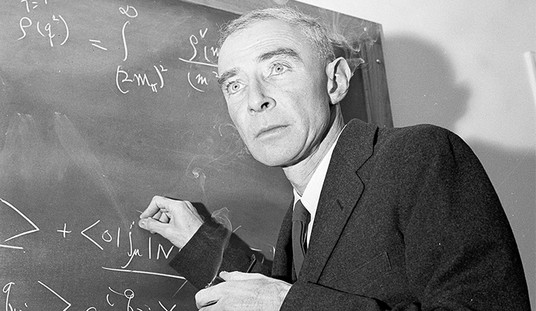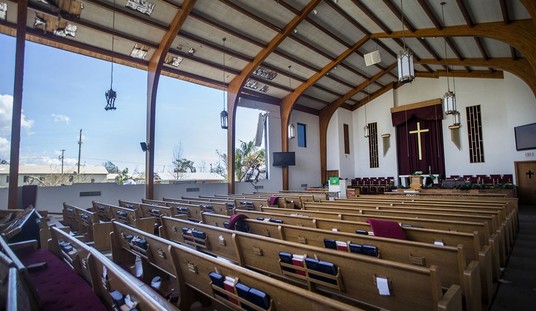Even the Ukrainians couldn’t quite believe this stunning new development in the war against Russian invaders at first. When Moscow finally announced an attempt at an orderly withdrawal from Kherson to salvage troops and materiel, Kyiv initially reacted with caution, suspecting a trap. In the days since, their forces have advanced rapidly but cautiously, ensuring a firm ground for retaking the only regional capital that Russia managed to capture in its invasion.
As it turns out, though, Russia really did intend to abandon Kherson and avoid a repeat of the rout that took place in Kharkiv. Russian troops have crossed over the Dniepro River and are attempting to retreat in order, NBC News reports, while Moscow tries claiming that this isn’t a humiliation for Vladimir Putin:
Ukraine’s armed forces swept through southern villages and towns on a march to retake the key city of Kherson Friday as Russia said its military had completed a humiliating retreat from the area.
Moscow’s defense ministry said in a statement reported by state news agencies early Friday that its troops and equipment had been withdrawn from the western bank of the Dnieper River by 5 a.m. local time (9 p.m. ET) — finalizing a pullout that marks one of the biggest setbacks of Russian President Vladimir Putin’s war.
It follows a grinding Ukrainian counteroffensive and a race by Russia to relocate more than 100,000 residents in the area.
Ukraine announced shortly afterward that it had entered Kherson in force and raised the national flag, completing the city’s liberation:
Ukraine’s Armed Forces entered the city of Kherson on Nov. 11, according to the Defense Ministry’s Intelligence Directorate.
“Kherson returns to Ukraine, as the Armed Forces enter the city,” its statement. “The retreat routes are under the fire control of the Ukrainian army. Every Russian soldier who resists will be destroyed.”
For those Russian soldiers who were left behind, “the only chance to avoid death is to immediately surrender,” writes the Defense Ministry’s Intelligence Directorate.
At about 12 p.m., Russia’s Defense Ministry announced the complete withdrawal of Russian forces from the west bank of the Dnipro River, including from Kherson.
What does that say about Putin’s war of annihilation? Kremlin gonna Kremlin, of course, as NBC noted:
Kremlin spokesman Dmitry Peskov denied the episode was embarrassing for Putin, who only weeks ago had proclaimed the region’s annexation. “Kyiv does not want negotiations. The special military operation continues,” Peskov said in his daily press briefing.
True, but it continues mainly in the wrong directions. Russia needed Kherson for its main war objective — creating a “land bridge” and ground lines of communication to Crimea. Its loss cuts off the easiest supply and relief lines to the peninsula, and the state of the Russian infantry and artillery in southern Ukraine does not lend itself to an assumption they can seize it back any time soon.
This puts Russian forces in Crimea in a very untenable position. Thanks to the attack on the Kerch Bridge a month ago, Russia may have lost its only reliable ground line of communication and supply by evacuating Kherson and ceding it to Ukrainian military forces. Ukrainian drone attacks on Russian naval ships in Sevastopol a couple of weeks ago makes seaborne resupply a very risky proposition. Their air power is surprisingly negligible, so airlifts don’t appear practical either. Furthermore, Russia uses Crimea as a launching point for Iranian drone attacks on Ukraine’s power infrastructure, which means Kyiv has lots of good reason to fortify Kherson and then turn its offensive in that direction. That would leave Russia’s Black Sea fleet vulnerable, not to mention its grip on a territory that Putin has used to great effect for regime-building propaganda.
Could it still be a trap? Almost certainly not, now that Russia has abandoned the west bank of the Dniepro. They spent the last couple of days moving what materiel they had left and then blowing the bridges that might have otherwise allowed them to mount a new offensive that could trap Ukrainian forces in Kherson. As this video shows, the Ukrainian forces didn’t just let them slip away undisturbed either:
ISW’s analysts don’t see a counteroffensive by Russia coming, either. They’re more concerned at the moment with conducting an orderly retreat to prevent another Kharkiv-style rout. And on that note, don’t expect a winter cease-fire either:
Ukraine holds the initiative and is in the process of securing a major victory in Kherson. A ceasefire would provide the Kremlin with the pause it desperately needs to reconstitute Russian forces. The major Ukrainian victory underway in Kherson Oblast will not be Ukraine’s last. Fighting will continue on the southern axis; in Bakhmut, Donetsk Oblast (the only place Russian forces are still attempting meaningful offensives); and in northern Luhansk Oblast as Ukrainian forces continue counteroffensive operations. Russian officials are busy attempting to train 120,000 conscripts to deploy to the frontlines in the spring.[4] Ukrainian forces likely aim to liberate as much occupied territory as possible before those Russian reinforcements arrive. Ukrainian President Volodymyr Zelensky announced on November 7 that Ukraine is unwilling to negotiate with Russian forces until certain conditions are met, including the restoration of Ukraine’s territorial integrity, the prosecution of Russian war criminals, payment for war damages, and promises that Russia will not again invade Ukraine.[5] A wintertime ceasefire would only benefit Russian forces, who would use that opportunity to bolster their faltering defenses and continue their genocidal campaign to eradicate Ukrainian identity in occupied parts of Ukraine.
Ukraine will want to spend the winter expanding the lines around Kherson and cutting off the last resupply options to Crimea. Russia has new conscripts but precious few resources to equip and train them. The best units they have in the field were in and around Kherson, which is why Moscow finally decided to withdraw them while they still exist as cohesive formations. The attempts to damage Ukrainian infrastructure have not deflected Kyiv from its counteroffensives nor damaged their morale or military effectiveness.
Where does that leave Russia? Putin’s about to waste a lot of men and materiel in unfriendly territories without effective resupply or air cover in what will likely be a brutal winter. It may end up as a kind of reverse Stalingrad in its way, although not anywhere near the same scale.







Join the conversation as a VIP Member